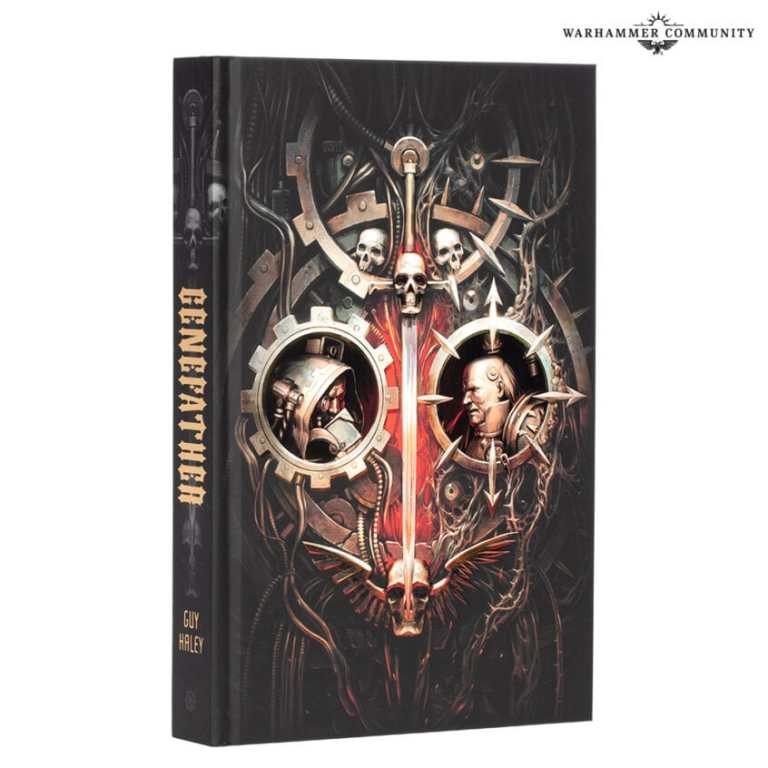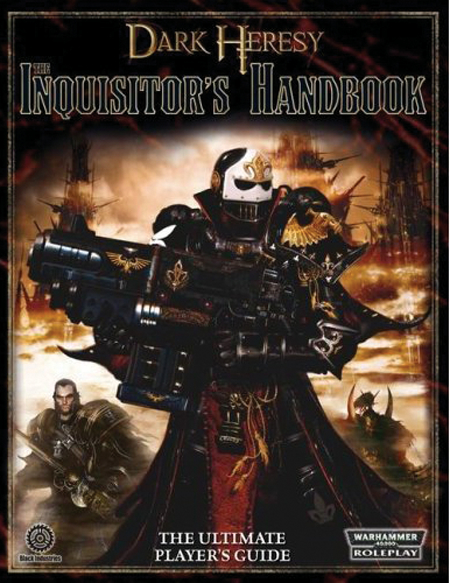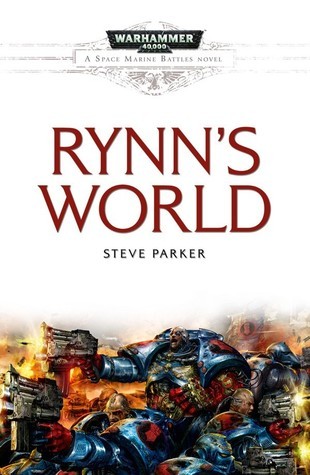Who Is The Fastest Reader?
Who is the fastest reader? It’s a question that has captivated the minds of bookworms and speed enthusiasts alike. In a world where information is at our fingertips, the ability to quickly absorb and comprehend written content is a valuable skill. But who holds the title for the fastest reader? Let’s dive into this fascinating topic and explore the contenders vying for the crown of speed reading!
When it comes to devouring books at lightning speed, there are a few individuals who have made a name for themselves in the world of speed reading. These speed demons have honed their skills to an extraordinary level, allowing them to breeze through pages with lightning-fast precision. But before we uncover the identities of these swift readers, let’s delve into what it means to be a fast reader and how it can be measured.
Speed reading is not just about reading as quickly as possible; it’s a combination of reading speed and comprehension. The ability to process and understand the content while maintaining a swift pace is what sets the fastest readers apart. It’s like a high-speed race where the reader’s eyes glide effortlessly across the page, absorbing words and ideas in a fraction of the time it takes the average reader. So, who are these speed reading champions? Let’s find out!
Who is the Fastest Reader?
The title for the fastest reader is highly contested and there is no definitive answer. Many speed reading champions have achieved remarkable speeds, such as Howard Berg who holds the Guinness World Record for reading over 25,000 words per minute. However, it’s important to note that speed isn’t the only factor in reading comprehension and understanding. Ultimately, the fastest reader may vary depending on the individual’s reading method and the content being read.

Who is the Fastest Reader?
Reading is a fundamental skill that allows us to access information, expand our knowledge, and immerse ourselves in different worlds. While reading speed can vary from person to person, some individuals possess exceptional reading abilities that set them apart from the average reader. In this article, we will explore the concept of the fastest reader and delve into the factors that contribute to their remarkable reading speed.
The Factors that Contribute to Reading Speed
Reading speed is influenced by a combination of factors that work together to enhance the individual’s ability to process and comprehend text efficiently. These factors include:
1. Reading Fluency
Fluency refers to the ability to read smoothly and effortlessly, without the need for conscious decoding. Fast readers have mastered the art of fluency, allowing them to move through text quickly while maintaining comprehension. Fluent readers have a wide vocabulary, strong decoding skills, and can recognize words instantly.
2. Vocabulary
A robust vocabulary is essential for fast reading. When readers encounter unfamiliar words, their reading speed slows down as they pause to decipher the meaning. Fast readers have a vast repertoire of words at their disposal, allowing them to swiftly understand and process the text.
3. Comprehension
Comprehension is the ability to understand and extract meaning from written text. Fast readers possess excellent comprehension skills, enabling them to quickly absorb information and retain key details. They can make connections between ideas and concepts, enhancing their reading speed.
4. Eye Movement
Eye movement plays a crucial role in reading speed. Fast readers have developed efficient eye movement patterns, such as minimizing regressions (moving the eyes back to re-read text) and reducing fixations (pauses to process information). These optimized eye movements allow fast readers to cover more words per minute.
Techniques to Improve Reading Speed
If you aspire to become a faster reader, there are several techniques and strategies you can employ to enhance your reading speed. Here are some tips to help you improve:
1. Practice Speed Reading
Speed reading exercises and drills can help you train your eyes and brain to process text more rapidly. These exercises often involve timed reading sessions, gradually increasing the speed over time. With consistent practice, you can improve your reading speed and maintain comprehension.
2. Expand Your Vocabulary
Building a rich vocabulary can significantly improve your reading speed. The more words you know, the faster you can recognize and understand them in context. Make it a habit to learn new words and use them regularly to strengthen your vocabulary.
3. Use a Pointer
A pointer, such as your finger or a pen, can help guide your eyes while reading. By tracking the text with a pointer, you can maintain focus and prevent distractions. This technique can improve your reading speed and reduce the likelihood of regression.
4. Minimize Subvocalization
Subvocalization refers to the habit of silently pronouncing words as you read. While it is a natural tendency, subvocalization can slow down your reading speed. By consciously minimizing subvocalization, you can train your brain to process the meaning of words without the need for internal vocalization.
Conclusion
While the concept of the fastest reader may seem elusive, it is clear that certain factors contribute to exceptional reading speed. Fluency, vocabulary, comprehension, and efficient eye movements all play a significant role in reading speed. By implementing techniques to improve reading speed and practicing regularly, anyone can enhance their reading abilities and unlock the potential to become a faster reader.
Key Takeaways: Who is the fastest reader?
- 1. The fastest reader in the world is Anne Jones, who can read at a speed of 4,700 words per minute.
- 2. Speed reading techniques, such as skimming and chunking, can help improve reading speed.
- 3. It’s important to balance speed and comprehension when reading quickly.
- 4. Practice and training can help increase reading speed over time.
- 5. Reading speed can vary depending on factors like the difficulty of the text and individual reading habits.
Frequently Asked Questions
Here are some frequently asked questions about fast reading and the fastest readers:
1. How is the speed of reading measured?
The speed of reading is typically measured in words per minute (WPM). This refers to the number of words a person can read and understand in one minute. It is calculated by dividing the total number of words read by the time taken to read them.
For example, if a person reads 300 words in one minute, their reading speed would be 300 WPM.
2. Are there any techniques to improve reading speed?
Yes, there are various techniques that can help improve reading speed. One popular technique is called “speed reading,” which involves using different strategies to read faster while maintaining comprehension. These strategies may include skimming, scanning, and eliminating subvocalization (pronouncing words in your mind while reading).
Additionally, practicing reading regularly, expanding vocabulary, and minimizing distractions can also contribute to improving reading speed.
3. Who holds the record for the fastest reading speed?
The Guinness World Record for the fastest reading speed is held by Howard Berg. He achieved a reading speed of 25,000 words per minute, which is more than 10 times the average reading speed. However, it’s important to note that Berg’s reading speed was achieved under specific conditions and may not be sustainable for everyday reading.
It’s also worth mentioning that there are other individuals who have claimed to read at incredibly high speeds, but their records have not been officially recognized.
4. Can anyone become a fast reader?
While not everyone may be able to reach the extreme reading speeds of record holders like Howard Berg, anyone can work towards improving their reading speed. With practice and the right techniques, most individuals can significantly increase their reading speed and efficiency.
It’s important to remember that reading speed is not the only measure of reading ability. Comprehension and retention of information are equally important, so it’s essential to find a balance between speed and understanding.
5. How does fast reading impact comprehension?
Fast reading can have varying effects on comprehension, depending on the individual and the purpose of reading. Some studies suggest that when reading at very high speeds, comprehension may decrease as the brain struggles to process information efficiently.
However, with proper training and practice, it is possible to maintain high comprehension levels even at faster reading speeds. Techniques such as active reading, using visual aids, and taking breaks can help improve comprehension while reading quickly.
The World’s fastest reader!
Final Thought: Who Holds the Title for Fastest Reader?
After diving into the world of reading speed and exploring the techniques used by speed readers, it’s clear that the title for the fastest reader is still up for debate. While there are individuals who have achieved remarkable reading speeds, it’s important to remember that reading speed is not the sole determiner of reading ability or comprehension.
Speed reading techniques, such as skimming, scanning, and chunking, can undoubtedly help increase reading speed. However, it’s crucial to strike a balance between speed and comprehension. After all, what good is reading quickly if you’re unable to understand and retain the information?
Instead of fixating on who holds the title for the fastest reader, let’s focus on the importance of developing good reading habits and strategies. By implementing techniques like active reading, note-taking, and regular reading practice, we can all improve our reading speed and comprehension. Remember, it’s not just about how quickly we read, but how effectively we process and understand the information.
So, whether you’re a naturally fast reader or someone who takes their time to savor every word, what truly matters is finding joy in the act of reading and continuously expanding your knowledge and understanding through the written word. Embrace your own reading style and remember that the journey through a book is just as important as the destination. Happy reading!





